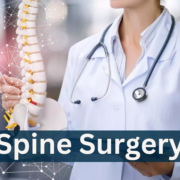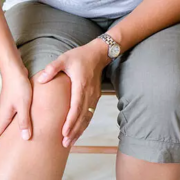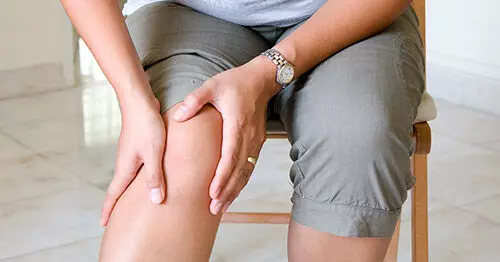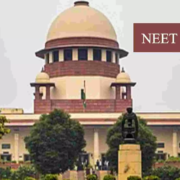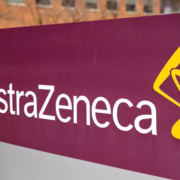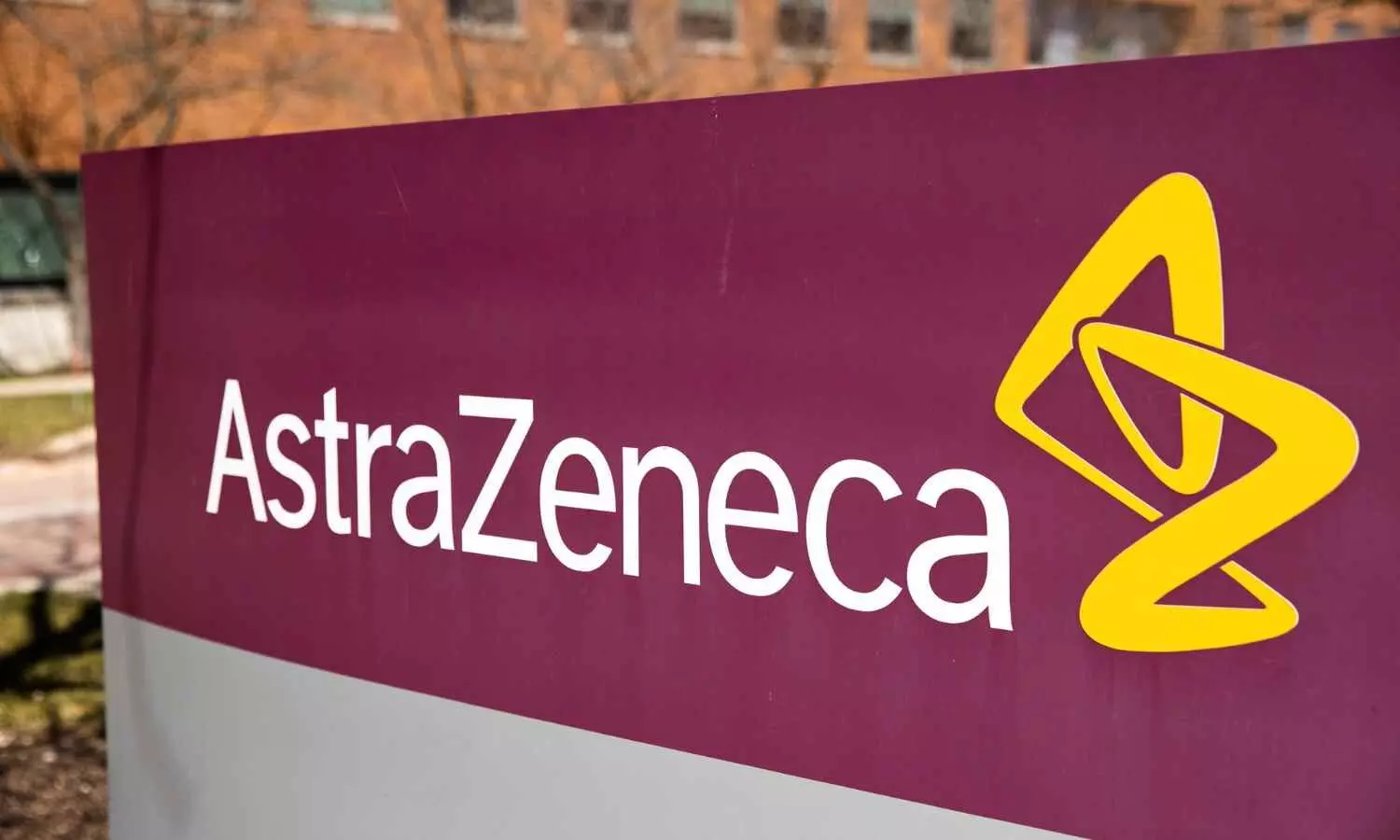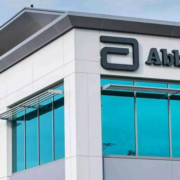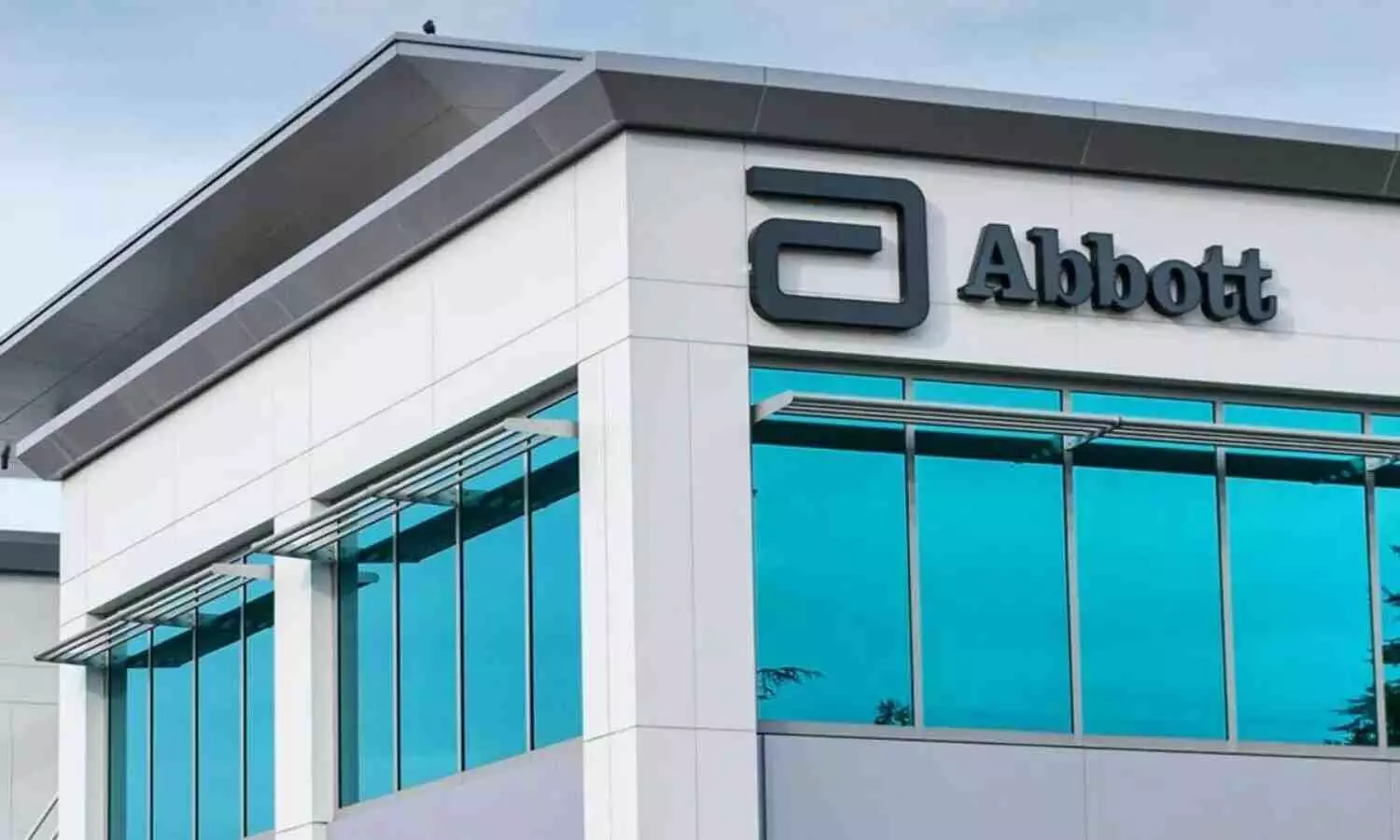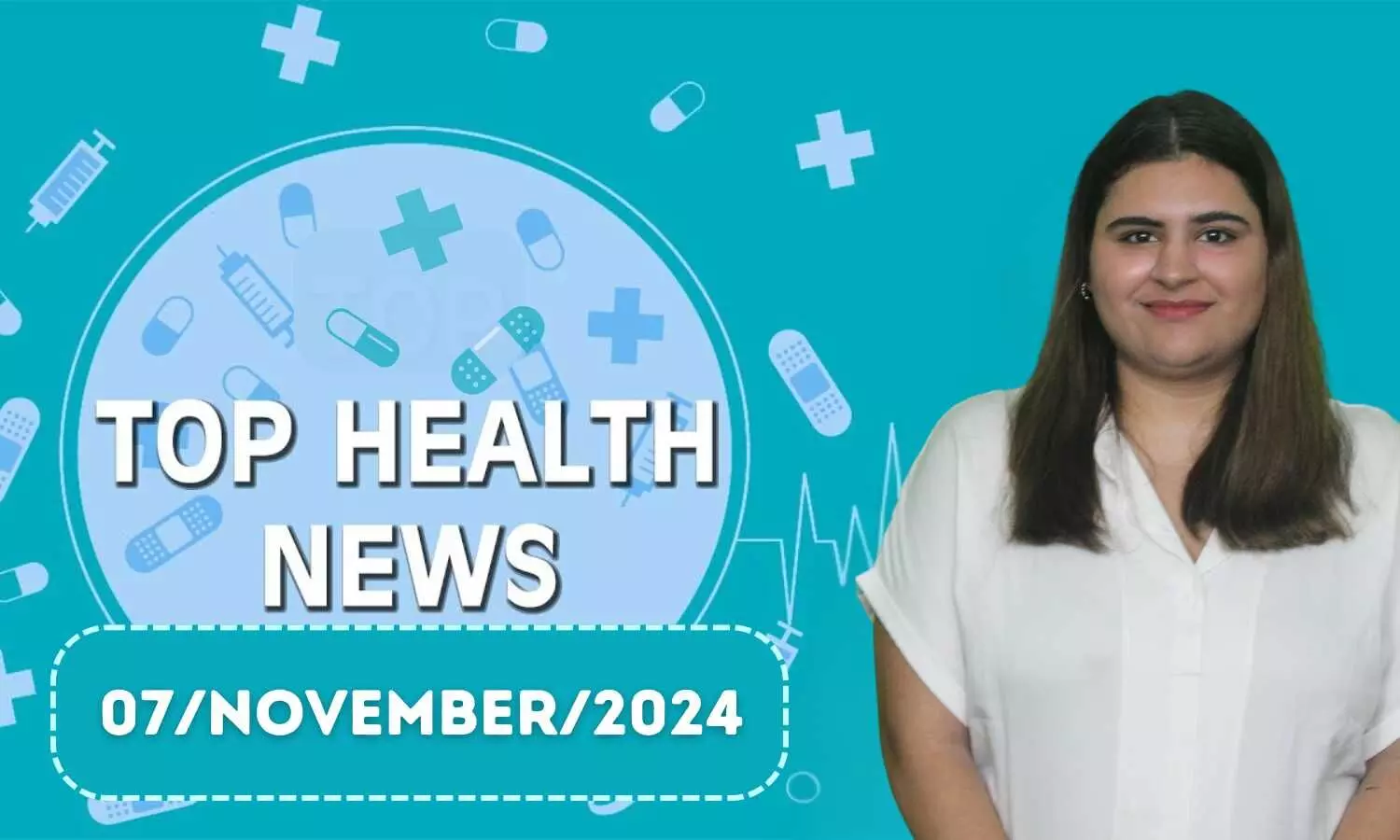Endoscope-Assisted Revision Surgery after Lumbar Fusion with Pedicle Screw Fixation: Hope for Failed Back Surgery Patients

A groundbreaking study has revealed new possibilities for patients suffering from failed back surgery syndrome, offering hope through minimally invasive endoscopic revision procedures. The research, published in Neurology India, demonstrates how this endoscopic technique can help patients who continue to experience pain after initial spine fusion surgery.
The study examined 231 endoscopic spine procedures performed between January 2021 and October 2022. While 23 patients underwent endoscopic revision surgery, researchers focused on three specific cases where patients experienced recurring nerve pain following lumbar fusion with pedicle screw fixation. The surgical team utilized two minimally invasive approaches: Percutaneous Endoscopic Lumbar Discectomy (PELD) and Unilateral Biportal Endoscopy (UBE).
“Traditional revision surgery often requires extensive tissue dissection, leading to longer recovery times and increased risk of complications,” explain the authors, who specialize in minimally invasive techniques. “This endoscopic approach represents a significant advancement in our field.”
The results were encouraging, with all three patients showing marked improvement after surgery. Pain scores decreased significantly, and spinal cord function improved according to standardized measurements. Notably, there were no complications during or after the procedures.
The technique proves particularly relevant for Indian healthcare settings, where cost-effectiveness and reduced hospital stays are crucial factors. The endoscopic approach offers several advantages over traditional revision surgery. It minimizes tissue damage, reduces post-operative pain, and lowers the risk of surgical site infections – a significant concern in our tropical climate. The smaller incisions also mean better cosmetic outcomes, which matters to many patients.
However, the study does have limitations. With only three patients and a relatively short follow-up period averaging less than a month, more research is needed. Two patients required additional interventions during follow-up, suggesting that patient selection criteria need careful consideration.
The technique could be particularly valuable in India, where we’re seeing an increasing number of spine surgeries, especially among our aging population. As more surgeons gain expertise in this approach, it could become a standard option for managing post-fusion complications.
This research marks an important step forward in spine surgery, potentially offering a safer, more effective solution for patients who thought they had run out of options. As more data becomes available and surgical expertise grows, this technique could transform how we approach failed back surgery syndrome in India.
Reference
Zhang, Jia-xuan; Ke, Zhen-yong; Zhong, Dian; Liu, Yang; Wang, Li-yuan; Wang, Yang. Endoscope-Assisted Revision Surgery after Lumbar Fusion with Pedicle Screw Fixation: A Case Series and Literature Review. Neurology India 72(5):p 988-996, Sep–Oct 2024. | DOI: 10.4103/neurol-india.Neurol-India-D-23-00115
Powered by WPeMatico

